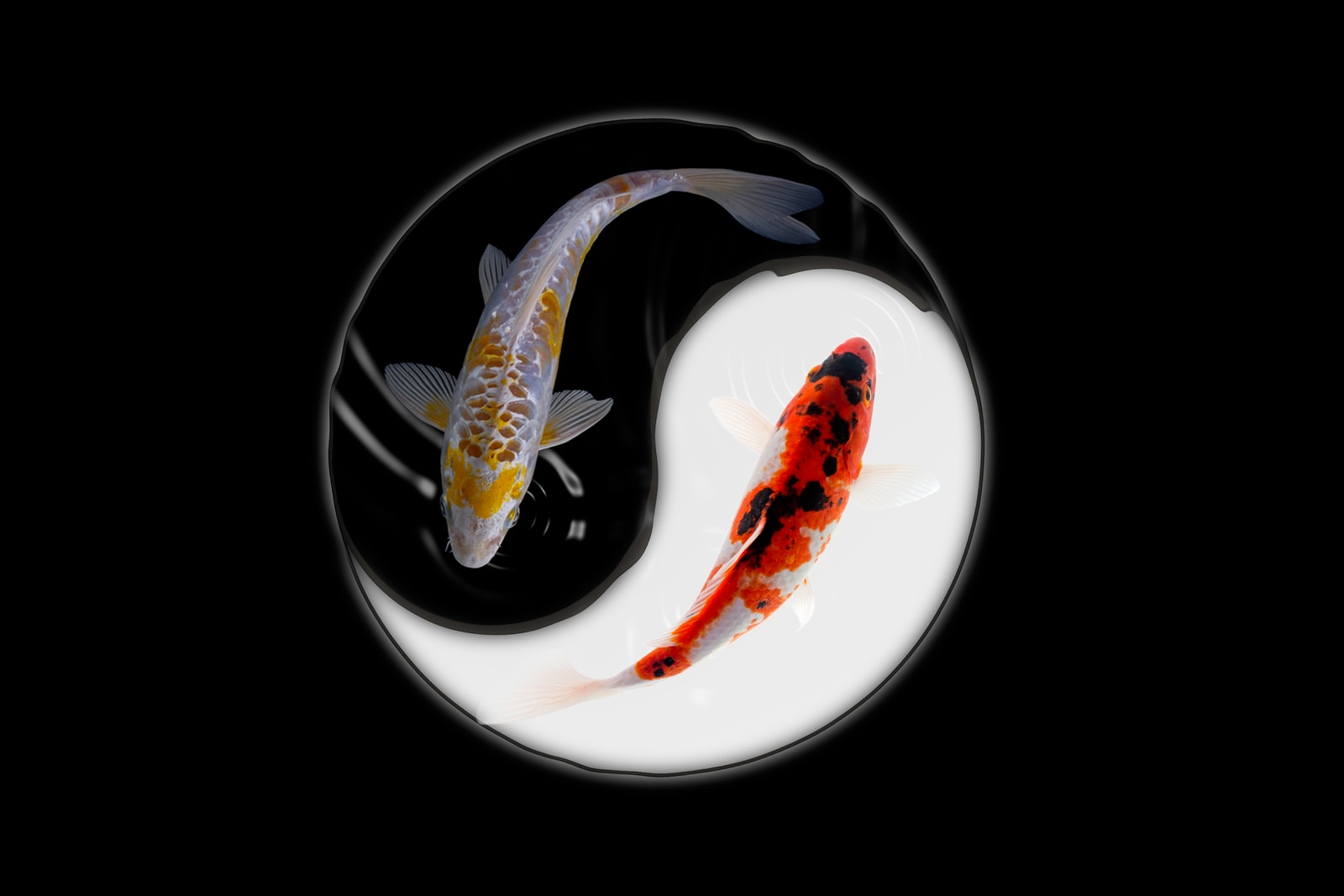Do you know which of your pond’s lovely koi are male and female? Learning how to sex koi fish is more difficult than with other kinds. However, with a little information, it isn’t that tough. When establishing the sex of your koi, there are a few characteristics to check for.
This is crucial information to have whether you plan on breeding your koi or want to give them proper gender names.
This information may also be useful in detecting certain koi illnesses.
Koi Fish Sexing
Because all koi carp are multicolored, gender cannot be determined by seeing which has the more beautiful scales. Furthermore, in kois, size is more closely connected to age than gender. Hence size is rarely used to identify sex.
However, identifying the other characteristics of the koi at a developed age would be easier than at a young age.
When they’re around 10 inches long, they’re considered mature (3 years old). They’re still juveniles if they’re between 3 and 10 inches long and may be difficult to sex.
Body Type
Males have long and thin bodies, while females have a broader body to hold the eggs. This gives them the blimp-like form that many of us identify with premium koi. The breadth of the body is the primary reason female koi are more frequently seen since the broader body better displays the patterns and color.
As previously stated, this tool to detect sex will not work on immature koi. In reality, the reverse is true when it comes to immature koi. Male koi are frequently bigger than their female counterparts when they are immature.
Fin size and Shape
A koi’s pectoral fins are another clear indicator of sex.
Male koi generally have smaller, more pointed fins that are opaque and colorful. On the other hand, female koi have bigger, rounder fins that are partially or entirely translucent, if not transparent.
Butterfly koi fish, on the other hand, is a little different. The size of these koi, not their form, distinguishes them. Male butterfly koi have larger and thicker pectoral fins, while females have shorter and thinner fins.
The pectoral fins of a male koi, which are located near his head, will be pointed and solid in color. Furthermore, his pectoral fin’s initial ray may be larger than that of his female counterpart, who will have rounder fins.
Vent Area
Another point of differentiation is the vent. A female’s vent will be somewhat bigger and protrude farther from the body than a male’s.
Tubercles
During breeding, male koi’s heads and pectoral fins may have little white growths called tubercles.
Not to be confused with Ich or growths on a male koi’s head and pectoral fins. These appear during the mating season and then disappear.
They’re completely natural and will vanish after the fish finish being frisky.
These protrusions do not grow in females.
Females do not grow them. Therefore they are a dead giveaway that you are a man.
Behavior
In general, both genders behave peacefully. However, when they start reproducing, it’s easy to identify which.
As spawning begins, certain koi will pursue other koi around the pond. Male koi are the aggressive fish doing the chasing. The females are, of course, being pursued.
Conclusion
I hope this provides you with the information you need to identify the sex of your koi. Then, at the very least, you’ll know whether to call your koi Jim or Jane!




